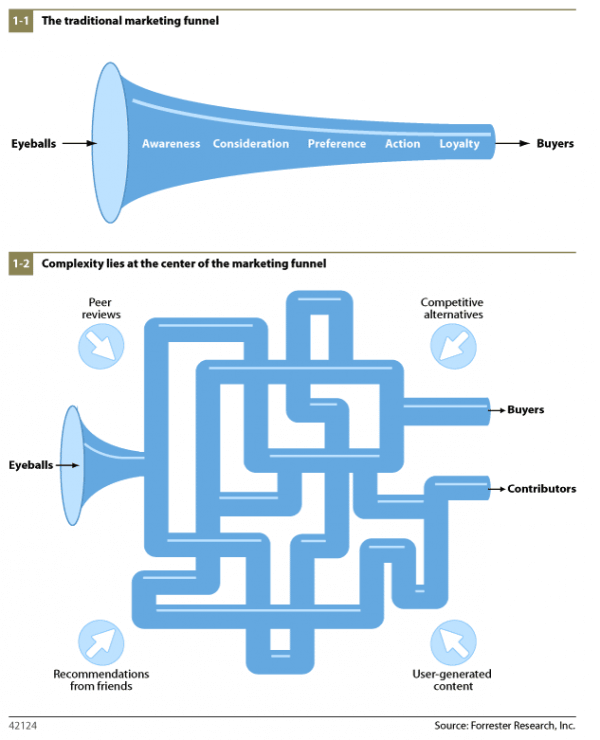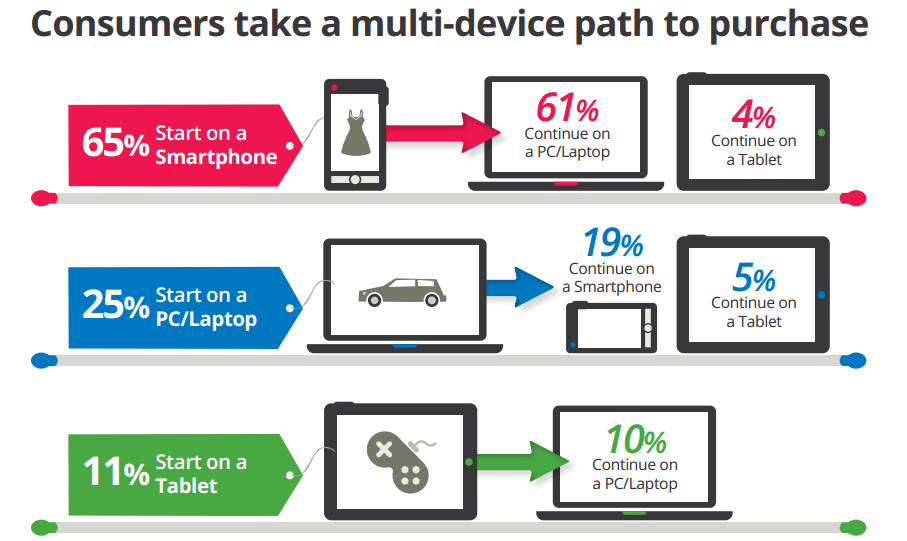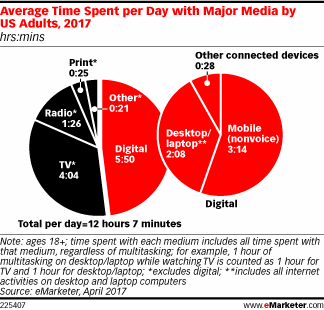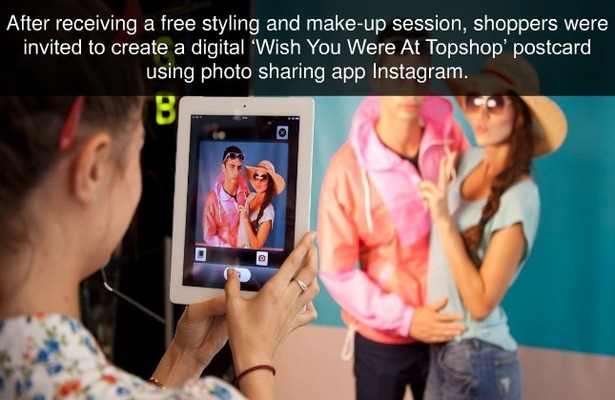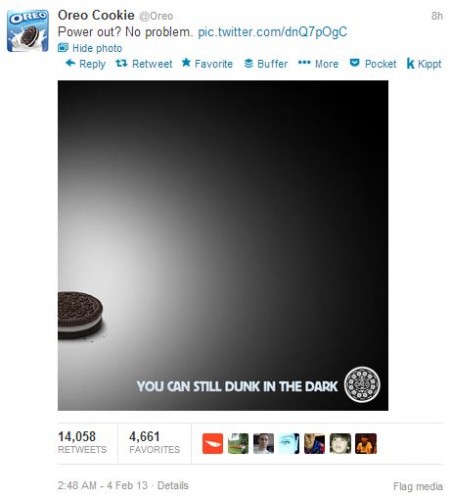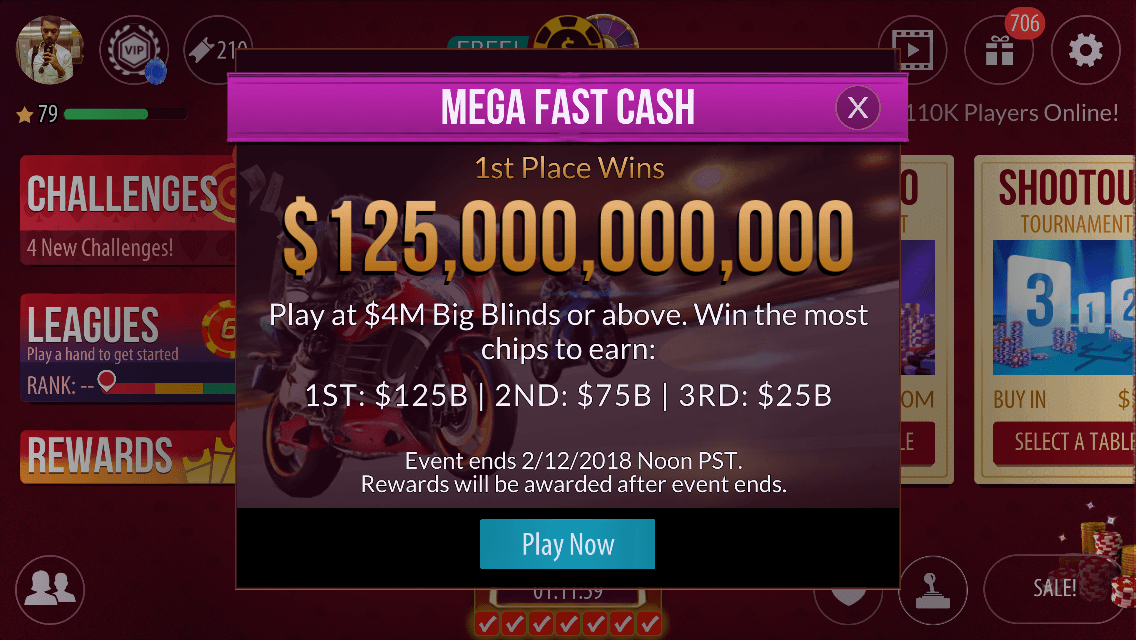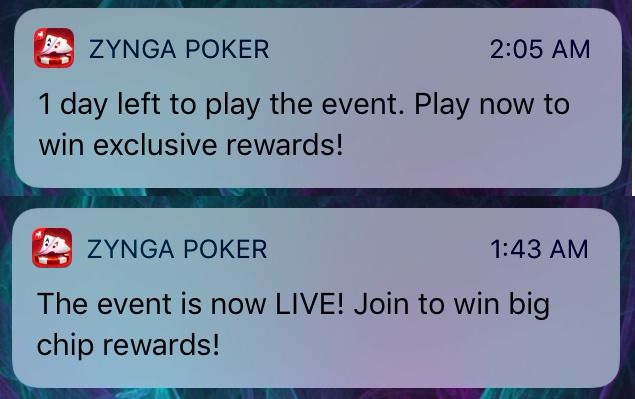Marketing has become increasingly complicated over the course of the last decade. Businesses that want to establish a reliable industry presence online must engage with customers on a range of platforms and channels to not only capture but keep the attention of their prospects and customers.
The most effective marketing campaigns will connect with customers through the channels and platforms where they are already present. Multi-channel B2C campaigns generate a 24% greater return on investment. Being visible in several different locations means more awareness, and ultimately, more opportunities to buy and learn for consumers.
Every target market is different and determining what channels and platforms your customers most prominently use is critical for carving out your share of your market. Meeting them where they already are allows you to engage with them naturally and can change the shape of your digital marketing. Placing your budget into a single channel might get you in front of your target audience, but buyers of today require more touches, more visibility, and a more hands-on approach to become loyal customers.
To understand the importance of multi-channel marketing, we first have to understand why customers prefer a multi-channel approach. To do this, we’ll have to dig into the changes that we have seen in the average buyer’s journey in recent years that have facilitated the change.
How the Buyer’s Journey Has Changed
Modern consumers aren’t wandering around in the dark like they once were. They are empowered, informed, and willing to take the time to research their options before they make their final buying decision. Consumers expect that they will be able to access the information that they need about any product or service that they are considering in order to make an informed decision. They tend to recoil from more blatant forms of traditional advertising and promotion and expect a personal touch.
We’ve seen a consistent shift from a more hands-on sales approach to one that is self-guided. Buyers expect more than promotion. They want to be given the tools that they need to research and understand the products they are considering buying.
According to Demand Gen’s 2017 B2B Buyer’s Survey, 58% of buyers said that the length of their buying cycle had increased, while on 10% had said that it had become shorter.
This change in buyer behavior isn’t just visible in the researching process, either. Yes, customers expect to have content and consumable information that they can use to make an informed decision. But even after they begin engaging with sales reps they want to be walked through the evaluation process with content and information to help them make the right decision for them.
Buyer’s journeys are no longer linear. There once was a time when the steps that a buyer would take on their way to making a purchase would be relatively straight-forward. You know — awareness, interest, consideration, purchase, etc.
However, the journey that customers take today on their way to buying isn’t as simple. In researching a product they examine it from multiple perspectives within their organization. They consult with their buying team, which average more than 5 people in B2B sales. They double-back to ensure they have a full understanding of the product and their own needs. They engage through multiple devices, switching to devices that best suit their needs for what they are trying to accomplish at any given time.
Ultimately — they make companies work harder and do more to earn their business.
Source: SnapApp
The arena is becoming increasingly crowded. Customers only have so much bandwidth. US adults already engage with more than 12 hours of content on an average day. That is a lot of content. For a company that they just recently became aware of to break into that full viewing schedule, they have to present something that is pretty compelling. They also have to be perpetually present.
Think about it — of the products that you buy and companies that you work with, how did you discover them and what steps came after that that led to the relationship that you have now?
Maybe you first discovered them through a video or PPC ad. That would be reasonable. But it’s doubtful that you had a single interaction with that company before you decided to buy their product.
In all likelihood that initial connection was just the beginning of a much longer engagement. After you initially discovered their company you might have seen re-targeted ads on social networks. Maybe someone shared a piece of content from their blog and the fact that you had an awareness of their brand caused you to do a double-take. Later, you might follow them on social media or sign up for a trial of their product. Over time you become familiar with their brand and product and develop interest in their offering as you build trust with their brand as a whole.
Every buyer’s journey is different. No two are exactly alike, even when they are similar. Most buyers want a multi-channel experience. They want to slowly build trust with your organization and get to know your brand organically — through social media, engaging content, and eventually discussions with your reps.
Multi-channel marketing isn’t a “strategy” in 2018 as much as it is a requirement. Chances are, you’re probably already doing it, even if you aren’t doing it that well. Multi-channel marketing extends to all digital platforms and mediums, as well as offline advertising and promotion.
To understand what true multi-channel marketing looks like, let’s dig into some examples from well-known brands:
Example #1 – Disney’s Omnichannel Vacation Experience
Disney is a great example of a worldwide company that does multi-channel and omni-channel experiences right. One look at any of their marketing campaigns shows that they pay a lot of attention to even the smallest of details to ensure that their customers have a wonderful experience when interacting with their content.
That begins with their world-class mobile-responsive website. Every page, sub-page, and even micro-website under their brand umbrella works perfectly on mobile and across all devices. It’s a great example of how having a solid foundation in your website sets the stage for all other channels that you interact through.
While Disney’s empire has grown to encompass media in nearly all forms, a core aspect of their business is still tourism and theme parks. A great example of multi-channel marketing from Disney comes from their vacation booking website. On their website, they allow you to use to My Disney Experience tool to plan your entire trip, including where you will be eating and what events you will attend. Then, once you are in the park, you can use your mobile app to navigate the park and identify the location of attractions that you want to visit. The connection between their website and app make it easy to plan and execute a trip that the whole family will love and spend less time looking for the attractions that you want to visit.
But Disney takes the experience one step further with their Magic Band program. These devices act as a hotel room key, photo storage device, and room service ordering device all-in-one. It also integrates with their FastPass, that allows guests to sit in shorter priority lines to visit attractions.
While this example doesn’t have the digital-focus that other examples in this article will, it does show how the experiences of your customers in multiple channels and environments work together to provide a consistent overall experience. When it comes to multi-channel experiences, there are few companies that do it as well as Disney.
Example #2 – Topshop’s “Wish You Were At Topshop” Campaign
Topshop’s “Wish You Were At Topshop” campaign is an excellent example of effective multi-channel marketing. With a goal of connecting their retail floor to their digital presence. The outlined objectives of their campaign were:
- Engage customers in their retail stores by offering a unique and exciting experience.
- Increase customer engagement across all social channels, particularly on Facebook.
- Increase the amount of content that is shared on Topshop’s Facebook and Instagram feeds to highlight their products.
- Find new and innovative ways to use their social media presence.
Topshop aimed to achieve this by offering free style and makeup consultation sessions in their store and pairing that with social media sharing strategies. Shoppers that took advantage of the promotion were invited to create a postcard using the “Wish You Were At Topshop” tagline, and share it using Instagram.
The campaign was a huge success and helped the company to achieve the goals that they had outlined. They noticed a jump in the amount of foot traffic in their retail stores, attracted from people sharing their photos, tweeting about the promotion, or blogging about the free consultation that they were offering.
In total, the campaign garnered a lot of attention online:
- The campaign was covered by more than 640 blogs in total, reaching an audience of more than 1.3 million views.
- Topshop saw a huge increase in engagement on their Facebook page, with huge jumps to unique views and more than 2,000 comments on the content that was shared on the page during the campaign.
- In total, the company had more than a year’s worth of activity (based on previous activity levels) in just four days.
- More than 2,500 unique images created and shared on Instagram.
Topshop’s campaign is a shining example of how companies can connect their brick-and-mortar locations and online channels to provide an interesting and consistent experience that promotes engagement and delivers value to their customers.
Pro Tip: A great way to connect offline and online channels as well as campaigns, is by using QR codes on your printed ads. By doing so, people can easily jump from the physical ad to the website or social pages. QR codes can be created and managed with a link management platform like Rebrandly.
Example #3 – Oreo
During Super Bowl XLVII, the NFL had a PR disaster on their hands when the stadium’s power went out for 34 minutes. The NFL and their advertisers were losing money on the expensive TV ad buys that they had already shelled out for. But as they say — one man’s trash is another man’s treasure.
In what has become a legendary piece of marketing in light of the events at the time, Oreo posted a simple social media update that poked fun at the situation and put their brand on the minds of millions of people across the world — “Power out? No problem.”
Oreo pushed the post out to all of their social media platforms and it immediately caught fire, resulting in more than 15,000 retweets, 20,000 likes on Facebook, and complemented Oreo’s ongoing marketing campaign about dark-dwelling monsters nearly perfectly. You could say they dunked on the competition.
It’s a great example of how social media and TV can work well together. Even though Oreo’s social media update was off-the-cuff and utilized current events to their advantage, it resonated in a massive way with their audience. Posting the update to all of their channels grew their presence on each platform and helped the company to leverage one of the biggest media events of the year in the Super Bowl, all without having to pay the hefty prices for advertising time.
46% of mobile users use their mobile device while they watch TV. Including hashtags in commercials and TV campaigns has become increasingly popular for that reason. While not all companies can afford television commercials, this is a great example of how connecting multiple channels in a timely way can result in a massive success.
Example #4 – Zynga
In a digital-only example, we’ll take a look at one of the originators when it comes to successful multi-channel marketing in the online gaming space — Zynga. You might remember Zynga as the company behind smash hits Farmville and Words with Friends. Specifically, we will look at their Zynga Poker game to see how they use multiple channels to increase gameplay time and event traffic to their apps.
During special events, Zynga would use alerts through multiple channels to notify their players. Above, you can see the email campaign that they launched for their 10th-anniversary poker event. This was combined with notifications through other channels as well.
When a user opened the app, they were greeted with a notification that advertised the event and helped to create awareness among their users that used the app but weren’t as engaged through other channels:
Mobile users also received several notifications throughout the life of the event. First, they were notified about the event leading up to it. Then, they were notified when the event went live. Finally, to create a sense of urgency, they were notified when the event was getting close to ending.
Zynga was an originator in this space and the strategies that they used to get their apps in front of their audience are utilized by the most successful mobile developers around the world today. Still, Zynga’s original strategies paint a clear picture of how engaging with your audience through multiple channels can improve awareness and facilitate engagement.
Attribution Key to Multi-Channel Marketing Success
We know that multi-channel marketing is important for engaging with customers and creating a consistent experience no matter where they are interacting with your brand. But measuring the impact of each channel and piece of content can be difficult. How do you establish and measure the impact that a blog post, white paper, or YouTube video had in a customer’s decision to purchase your product — especially when they engage with your brand dozens of times over the course of months? Without measuring these things, it’s difficult to know where to invest your resources.
At LeadsRX, we help companies deploy and measure multi-channel marketing campaigns in real-time. Our solution uses one universal pixel to track all of your marketing activities across channels including digital, broadcast, direct mail, and more. Multi-channel marketing is a must for modern companies, but launching cross-channel campaigns in the blind will result in wasted budgets and lackluster results.


